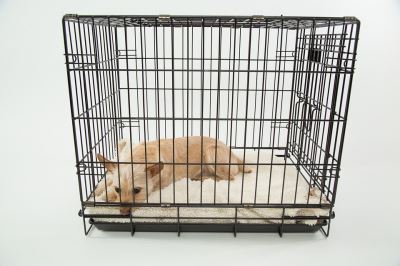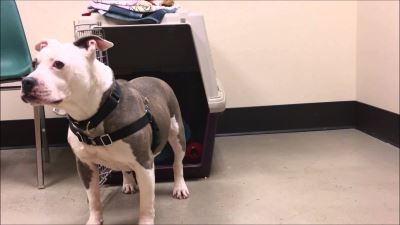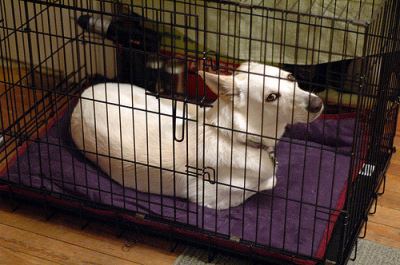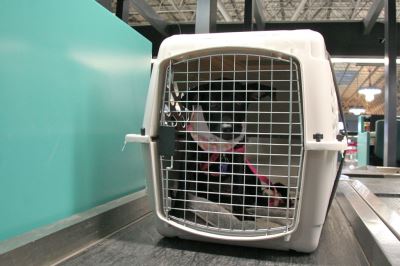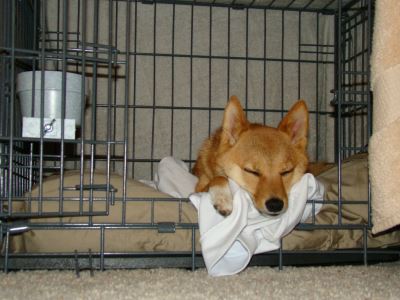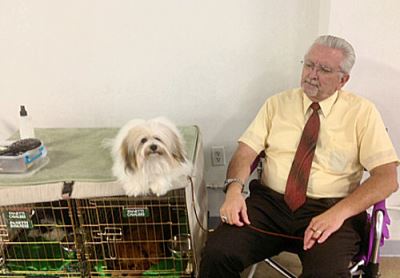Dogs
How to Do Crate Training for Dogs Properly
How do you think your dog defines his create? “A private room with a gorgeous view and filled with sumptuous treats? A refuge that offers him safety and security? A quiet place where he can spend most of his time at home?” Well, these definitions are all true, especially if you combine them all. A dog crate is basically your pooch’s personal place where he can seek comfort and peace without compromising safety.
Besides being a useful tool that prevents breakage at home, a dog crate is very useful in lots of ways. It prevents destructive behavior among dogs. It keeps puppies away from hazardous household items like electrical wires and other chemicals. It also serves as a temporary doghouse when traveling. But how can you help dogs realize its use?
For dogs to be able to do that, they have to be introduced to it while they are still young. But then again, it must never be used for the purpose of punishment. Instead, it must be introduced as a cozy place to rest in. So how do you do that? Here are my tips:
Choosing a Crate
When buying a dog crate, be mindful of the size. It has to have enough room for stretching, sitting, and standing. However, do not pick something that is too big because your dog might feel unsafe with that.
After the size, you can now choose which type of crate you want. You can opt for those that are made of hard plastic, which are recommended for air travel. You can also choose those that are made of mesh wires that allow dogs to see the view outside. Regardless of your choice, it is important that you always use a soft cloth for bedding.
Introducing the Crate
When introducing your dog to a crate, it is important that you don’t force him in. Also, you must remember that it is not a prison cell where you put him when he does something wrong.
But before you bring him in, you must set up the crate in a location that is restricted. That way, he will feel the urge to further explore his new home on his own. Just make sure you leave the door open so that he can come and go as he pleases. Once he learns to accept the crate as his new room, close the door.
To make him feel more at ease, shower him with compliments. Whenever you see him going into the crate, stop what you are doing and give him praise. By doing so, you are actually associating his new den with positivity. If you wish to make the crate a more exciting place, fill it with some tasty treats.
You can also trying feeding your dog his meal in the crate. If you notice him happily eating there, close the door. When he finishes eating, open the door again.
Training at Night
The easiest way to let your dog into his crate at night is to play with him until he is tired. Once he is in, offer him a treat as a distraction and slowly shut the door. And then, leave the room. There are times when he cries, but only let him out when he is no longer crying.
Take note that if your dog is a puppy, the maximum number of hours you can leave him in the crate is 4 hours. So better set your alarm clock. When you hear it ring, let your dog out and bring him outside for a toilet break. After that, put him back into the crate again.
Getting Used to Crates
Dogs must never feel that crates are associated with abandonment or being alone. Hence, you must never put them in when you are planning to go out of the house for long periods of time.
As soon as he gets used to it, instead of staying with him at all times, leave him there. When you come back, check his condition and wait a couple of minutes before letting him out. Again, do not let her out if she is still crying.
Repeat the entire process every day while increasing the amount of time that you spend out of his sight. If you notice him whining, you have already pushed too far. Thus, you must cut back the time.
The keys to a successful dog crate training session are comfort and consistency. If the crate is cozy, he will definitely want to go in an out. And if you do not give up on training him every day, there are chances that he will easily learn. Although this could be very daunting at first, the perks you will get are for long-term. Therefore, be more patient when training. If still none of these tips work, find a better dog cage and download the eBook I’ve written below.




